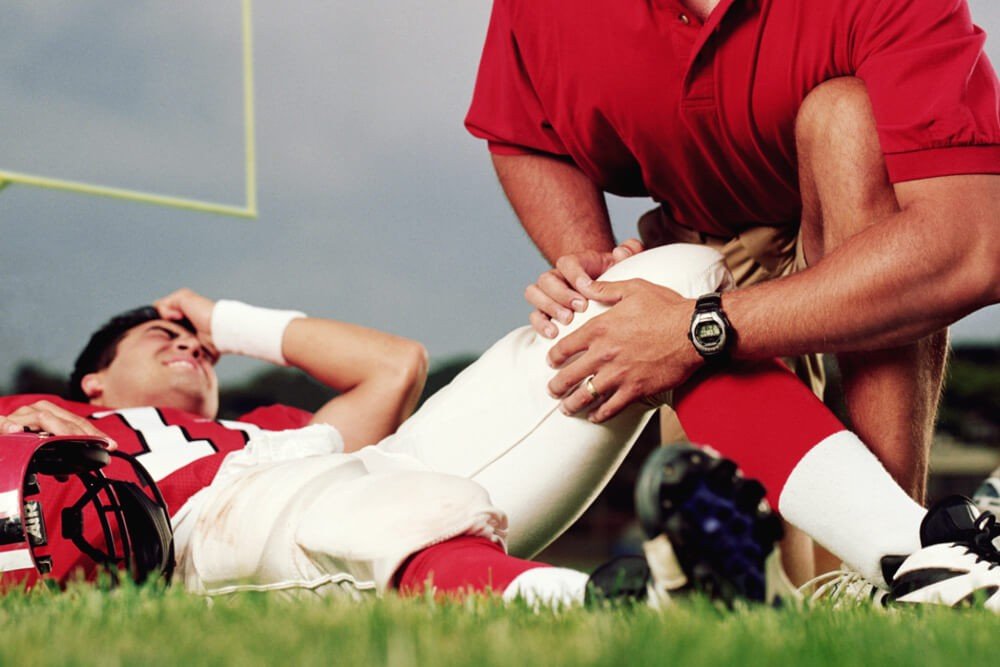How Athletes can Benefit from PRP sports medicine

PRP therapy has been known to help many athletes recover quickly from their injuries and perhaps, even avoid surgery. Pittsburgh Steelers like Troy Polamalu and Hines Ward received the PRP sports medicine just before they won the Super Bowl XLIII. Bartolo Colon and Takashi Saito owe their success in the Major League Baseball to PRP therapy while Tiger…
PRP therapy has been known to help many athletes recover quickly from their injuries and perhaps, even avoid surgery. Pittsburgh Steelers like Troy Polamalu and Hines Ward received the PRP sports medicine just before they won the Super Bowl XLIII. Bartolo Colon and Takashi Saito owe their success in the Major League Baseball to PRP therapy while Tiger Woods opted for PRP injections in the knee to help him recover from knee surgery. PRP has been known to be effective by itself but can also supplement the healing from any other procedures. So, you see, this factor makes PRP treatment the perfect choice for high-achieving, dynamic people.
Injuries that PRP sports medicine can Help With
Many high-profile and top compensated athletes around the world rely on PRP sports medicine for a wide range of injuries and issues such as:
Shoulder
- Pain in the upper biceps or upper arms
- Swimmer or thrower’s shoulder
- Pain in the tendons and muscles that move the shoulder joint
- Swelling in the fluid-filled sacs that act as a buffer between the ligaments, tendons, and bones.
Elbow
- Golfer’s elbow
- Tennis elbow
Wrist and Hand
- Ligament tears
- Inflammation and irritation of the tendons in the wrist joint
- De Quervain’s tenosynovitis or swelling in the thumb muscles that occurs because of repetitive movement.
Knee
- Partially torn or strained major knee ligaments (LCL/MCL)
- Jumper’s knee that is caused by jumping frequently (volleyball and basketball players typically have this condition)
Hip
- Sacroiliac joint dysfunction that causes pain in the leg or lower back
- Pain and inflammation in the hip that is caused by hip and pelvic injuries
- Iliotibial band tendinitis (ITB Syndrome) typically affecting runners. It is characterized by pain beginning at the outer hip and running down the thigh and knee.
- Hip pain
Neck and Back
- Rib problems
- Arthritis in the back section of the spine
Ankle and foot
- Recurrent ankle sprains
- Pain in the Achilles heel
- Peroneal tendinitis, a condition that makes it difficult to raise the foot at the ankle
- Any injuries related to the tendons
Should Athletes Opt for PRP sports medicine?
As an athlete, you will find that PRP therapy can help you in many ways, a fact that is affirmed by the Orthopedic Specialists of North Carolina (OSNC).
- Barring complete tears, PRP therapy can help with any other injuries of the ligament or tendons.
- PRP can prevent the possibility of your injuring the same site. It can also lower the risk of more severe injuries that may need surgical intervention or result in permanent disability.
- With PRP injections, you can reduce the recovery downtime between training sessions and continue to perform to the best of your potential.
- PRP can help in speeding up the healing process after surgeries. In this way, it can reduce the recovery time you might need to take from training and performing.
- PRP assists in the healing of acute fractures and severe fractures that take too long to heal or may not heal at all because of a restricted blood supply to the site.
Can PRP sports medicine Eliminate the Need for Surgery?
Doctors usually recommend surgery as an alternative when the injuries and discomfort you have don’t heal despite all the medication and physiotherapy you’ve taken. However, PRP therapy is the perfect answer and can possibly help you heal without the surgery. Here’s what happens:
- When you have an injury in your knee, elbow, or any other location, the body heals the area by repairing the torn ligaments or tendons.
- However, the resultant scar tissue that forms may not be as flexible as the original tissues. As a result, you’ll find it difficult to move the muscles or joints.
- Eventually, you might find that moving them becomes almost impossible which in turn raises the possibility of injuring them again when you strain to perform as before.
- If you force movement, you could cause micro tears in the tissues with more scarring.
- Typically, tough scar tissues receive an inadequate supply of blood. And, that’s why you sense chronic pain because your body is unable to effectively heal the mini injuries.
- When the PRP serum enters the injury and scar tissue, its growth factors induce the body to begin the healing process again.
- As the tissues heal, you’ll find that moving is easier. You’ll not only eliminate the possibility of another injury in the same site, but you’ll also avoid surgery.
Athletes and other high-achieving people that lead active lives will find that relying on PRP can help them recover quickly from the injuries they incur when indulging in high-impact or low-impact activities. PRP therapy can heal bones, tissues, tendons, and ligaments without the risk of any adverse reactions. You can opt for the treatment to help you recover from surgical treatments and even older injuries so that you can continue to perform like you always have.
References:
What is PRP therapy?
Platelet-Rich Plasma Update: Clinical Use in Musculoskeletal Care